
Mid-Century Modernism: A Design Movement that Lives On
The mid-century look continues to be a popular design look in both residential and workplace interiors, so here we look back at how the design movement formed and some of the key influencers of the fifties and sixties.

After the war the mood in London was one of change, which reflected particularly in London design. Post-war homes were smaller so furniture needed to be more compact and practical, and more straightforward to produce in order to keep up with the demands of a rising population – all of which fitted perfectly with the simplicity of the mid-century modernist movement coming out of California. The fact that modernism was a rejection of the past also made it an ideal aesthetic for a time of new beginnings. The 1950s were a decade of reconstruction but also of celebration, with the Festival of Britain in 1951 showcasing the best in British design, science and technology, followed in 1953 by the coronation of Queen Elizabeth II. And when it came to interior design, the 1950s were when the template was laid for how our homes look today. According to Dr. Steven Parissien of Compton Verney Art Gallery, “It was easily the biggest revolution in domestic interiors and a time of great British pride and confidence. This was an Indian summer for British design.”
Other interesting designs emerging in London were the use of primary colours and abstract, geometric patterns, some of which had a link to the London underground train seat fabric design created by Marianne Straub and Misha Black.

A London Underground fabric design by Marianne Straub
One of the most important figures in London design at the time was Robin Day, who had his breakthrough when he and Clive Latimer won first prize in the International Competition for Low-Cost Furniture Design organised by the Museum of Modern Art, New York. Their winning design was a multipurpose storage unit made from moulded plywood, which could also be folded down into a desk.
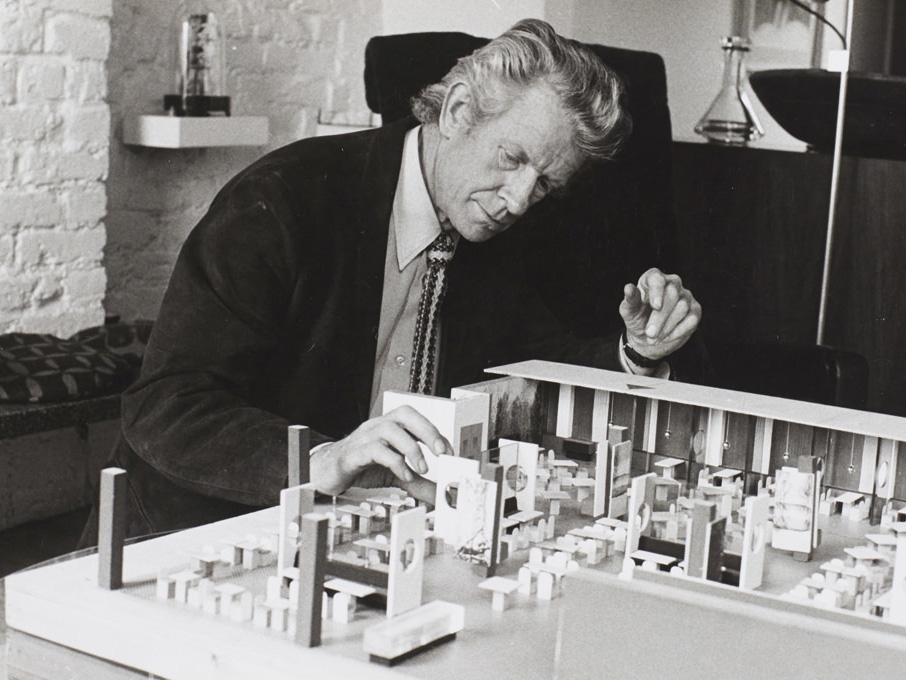
Robin Day

London Feels the Cool – 1960s London
The 1960s brought us Swinging London and a flourishing of art and design and rock’n’roll that made the city the coolest place in the world. Post-war doom and gloom was gone forever, replaced with a wave of optimism from the young creatives flooding the capital. Everything was happening at once. On a Saturday afternoon, you could go down to the King’s Road and mix with the Rolling Stones, Terence Conran opened the first Habitat store on the nearby Fulham Road in 1964, and Bridget Riley became the star of the op art movement with paintings of repeating patterns and optical illusions.

The first Habitat store, 1964

Bridget Riley
It was also the decade when Scandinavian mid-century modernism came to the fore, with Danish furniture designers like Verner Panton and Arne Jacobsen having a huge impact. Furniture because multipurpose with materials such as plastic and PVC widely used. These all contributed to giving design a low level and revivalist theme that was fun and witty, as part of a more throw-away culture. Swinging London brought many changes and there have been many more since, giving London design a significant influence worldwide, both in the past century, and today. We have continued to evolve with these changes and, as we move into the 21st century, it is clear how design is becoming more and more focused on the experience and how it affects the user, rather than just the product. Having followed the changing trends over the years including London design and Californian heritage of modern, simple, democratic furniture from the 1950s and 1960s, much of our design thinking here at Spacestor has been influenced by the characteristics of this look.

Arne Jacobsen

Panton Chair Classic
_medium.jpg)

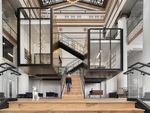
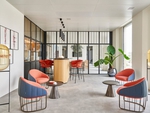
_medium.jpg)
Un client des servcies financiers a récemment travaillé avec les distributeurs de mobilier Officeworks, le cabinet d'ar…
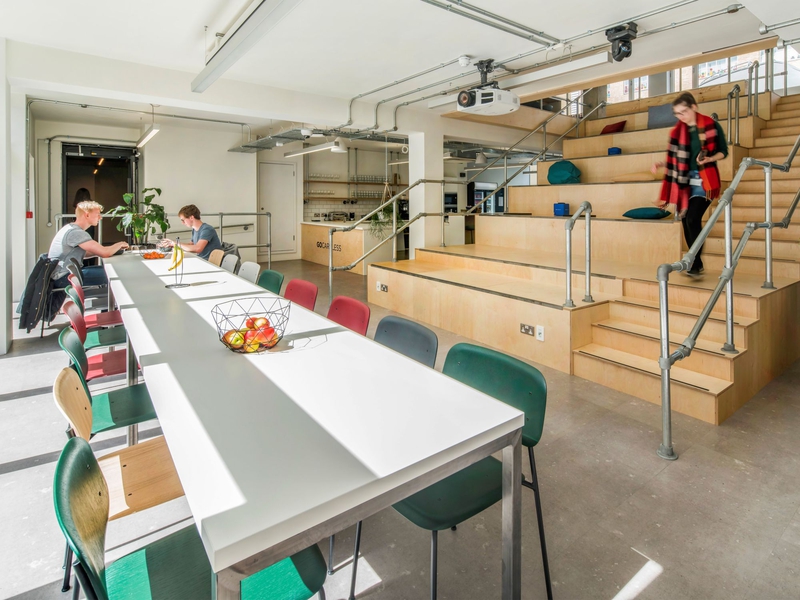
Les spécialistes de Paiement Direct en Ligne GoCardless ont récemment déménagé dans des locaux plus grands dans le pôle…
SERVICES FINANCIERS
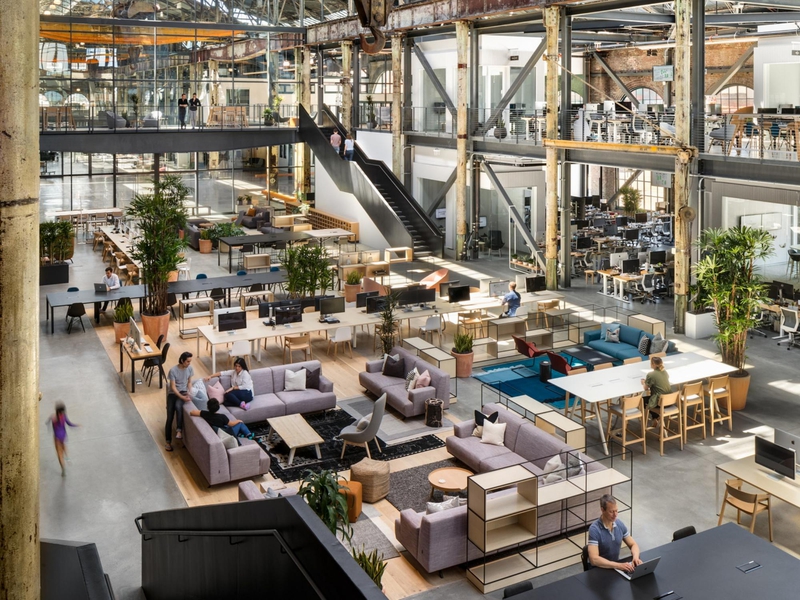
Gusto, la start-up basée à San Francisco, en collaboration avec les architectes de classe mondiale Gensler, a créé de g…
TECHNOLOGIE & INFORMATIQUE
